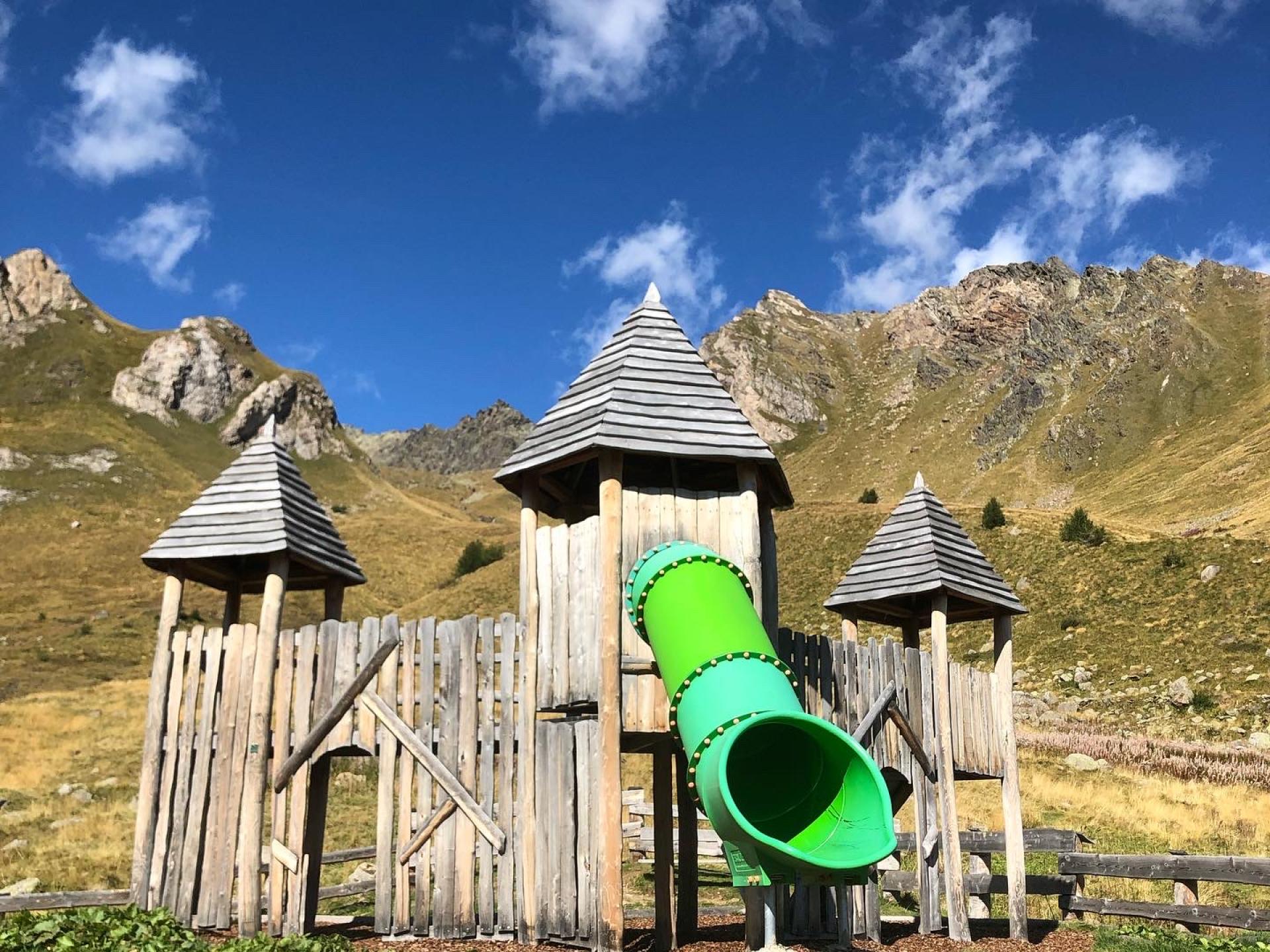Black Locust, also known as pseudoacacia, is a tree native to North America that has become widely grown in Europe over the past 400 years.Isolated trees grown in parks and gardens can live up to 200 years; in wooded environments, the signs of old age tend to manifest themselves much earlier, when the tree is still under a century old.The rapid diffusion of this species was initially fostered by man, who exploited it not only for its prized wood, but also for its nectar and ornamental qualities. In fact, the Black Locust boasts numerous advantages, including good resistance to adverse conditions, a rapid growth rate, and abundant and fragrant blossoming.In addition to being highly elastic, Black Locust wood is also extremely durable and resistant to sudden climatic changes (dampness/dryness). The wood has a widely varied colouration and tends to darken with vaporization; it is well suited to processing, finishing and polishing operations.Thanks to these features, it is even capable of effectively replacing exotic species for a variety of uses, and can therefore help reduce the deforestation rate in tropical areas (South America, Asia and Africa).The seasoning of Black Locust wood is a very slow process; this species also has a high calorific value and naturally low moisture content.The particular properties of Black Locust wood, above all its hardness and the fact that it absorbs very little water (see the summary table below), have the great advantage of increasing its resistance, thus prolonging its average lifespan.These properties, however, also render it rather difficult to stain ad/or paint the various components, since the colour adheres to the top layer of the treated area and is unable to penetrate deep down into the pores of the material itself. For these reasons, staining/painting treatments may need to be repeated in order to maintain their beauty and brilliance intact.
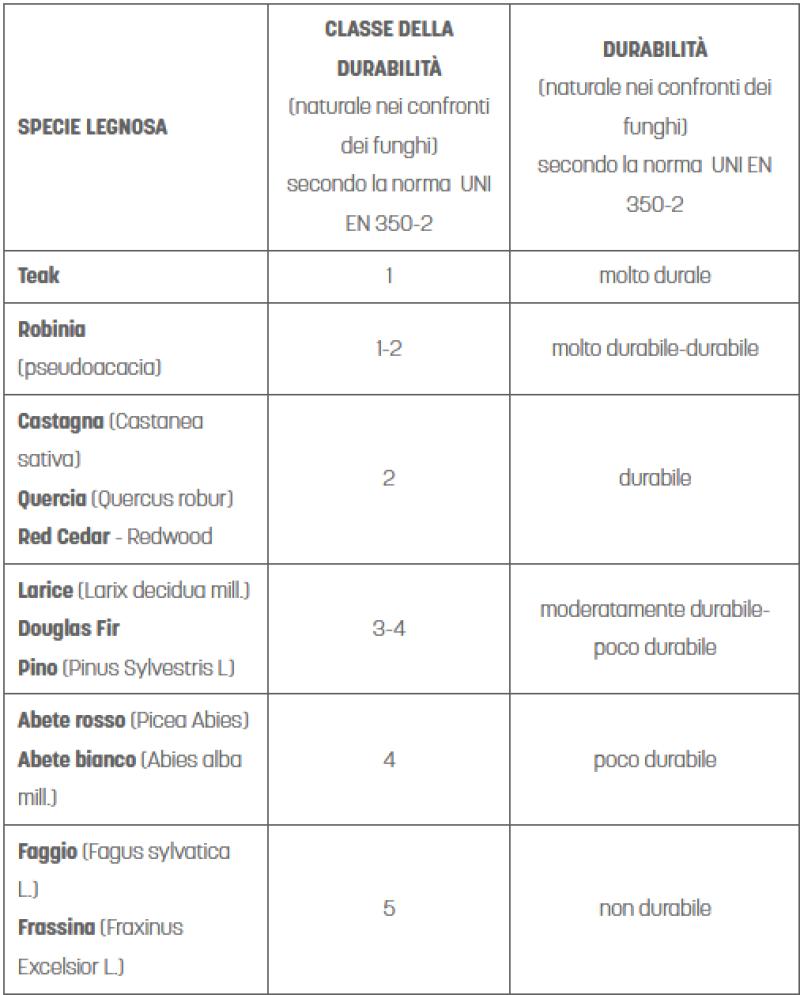
The UNI EN 350-2 standard "Durability of wood and wood-based products – Natural durability of solid wood" provides information about the wood species most commonly used on the European market and their natural resistance to fungi, insects, and marine organisms. It also provides information regarding the impregnability of the wood, as well as the width and density of the sapwood. According to this standard, Black Locust is the only European species classified in durability class 1-2, and can be safely used in its natural state for the construction of outdoor structures.
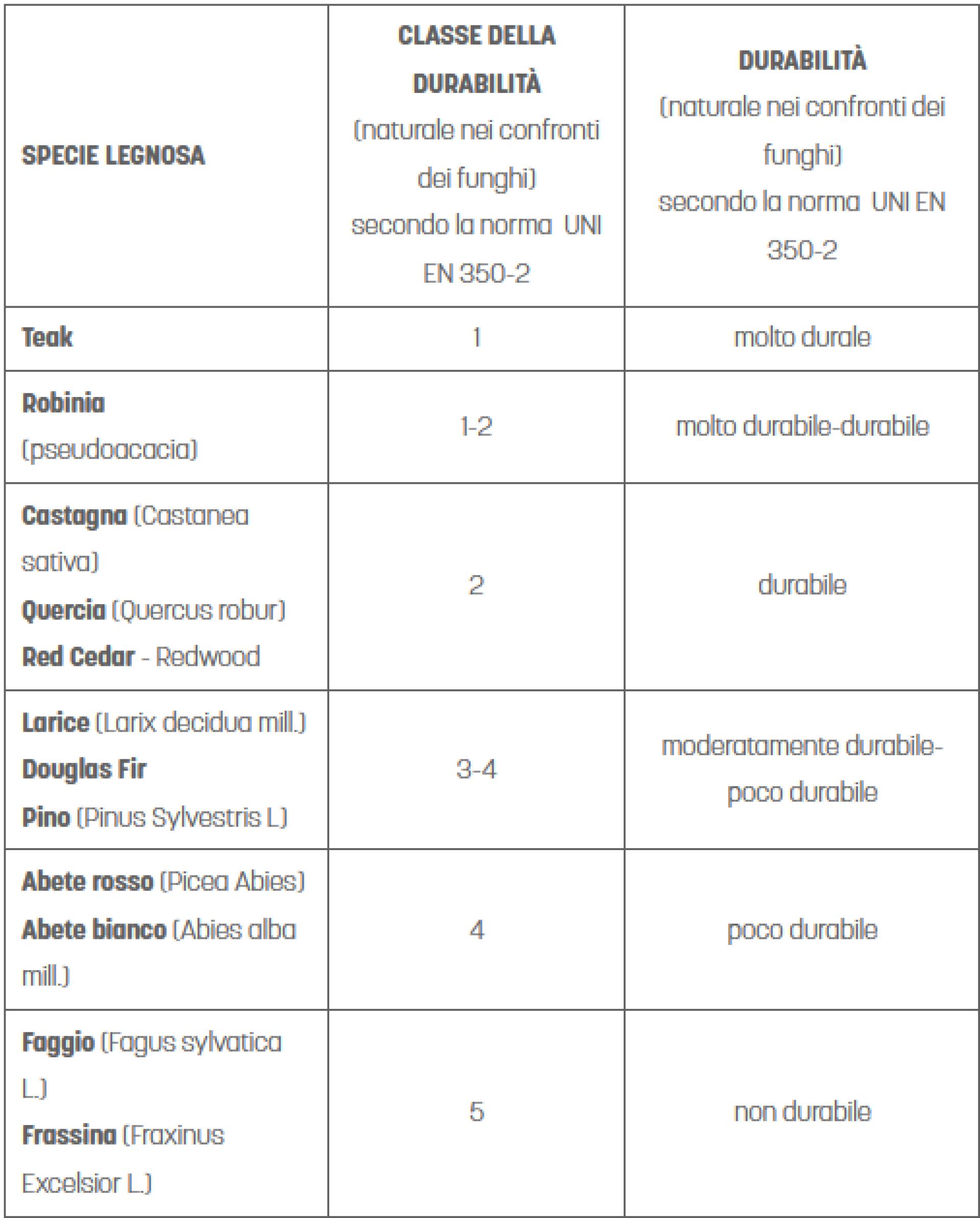
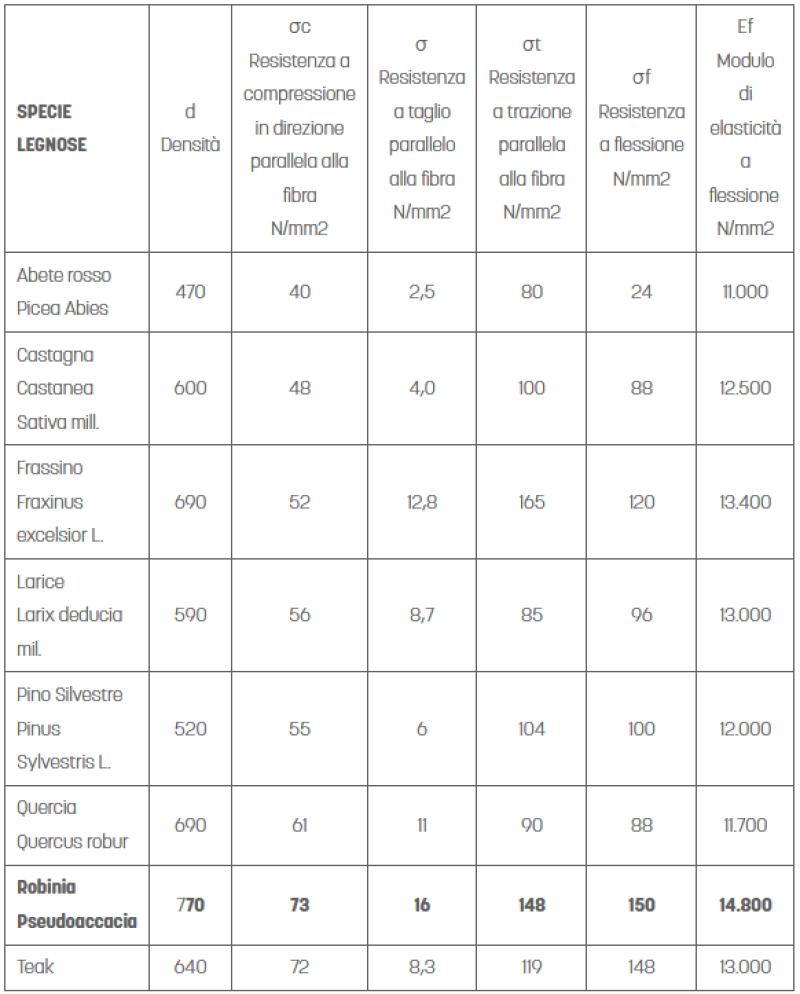
In addition to being extremely resistant to load bearing and bending, Black Locust wood is also extraordinarily resistant to dynamic loads.Black Locust wood is being increasingly used for the production of recreational structures and furnishings, even rendering each structure unique thanks to its natural and irregular curves. Play structures made from Black Locust wood are often installed over a loose layer of shockproof material, such as bark mulch, which can prove to be quite corrosive over time.For this reason, Holzhof prefers to fasten its structures' wooden support elements to brackets, without embedding them in the ground. Under typical environmental conditions, in fact, this practice can increase the wood's durability 3-fold with respect to that which is indicated by the UNI EN 350-2 standard. The following table lists various properties of Black Locust wood in comparison to those of other wood species.Average properties of the most common types of wood materials at 15% humidity
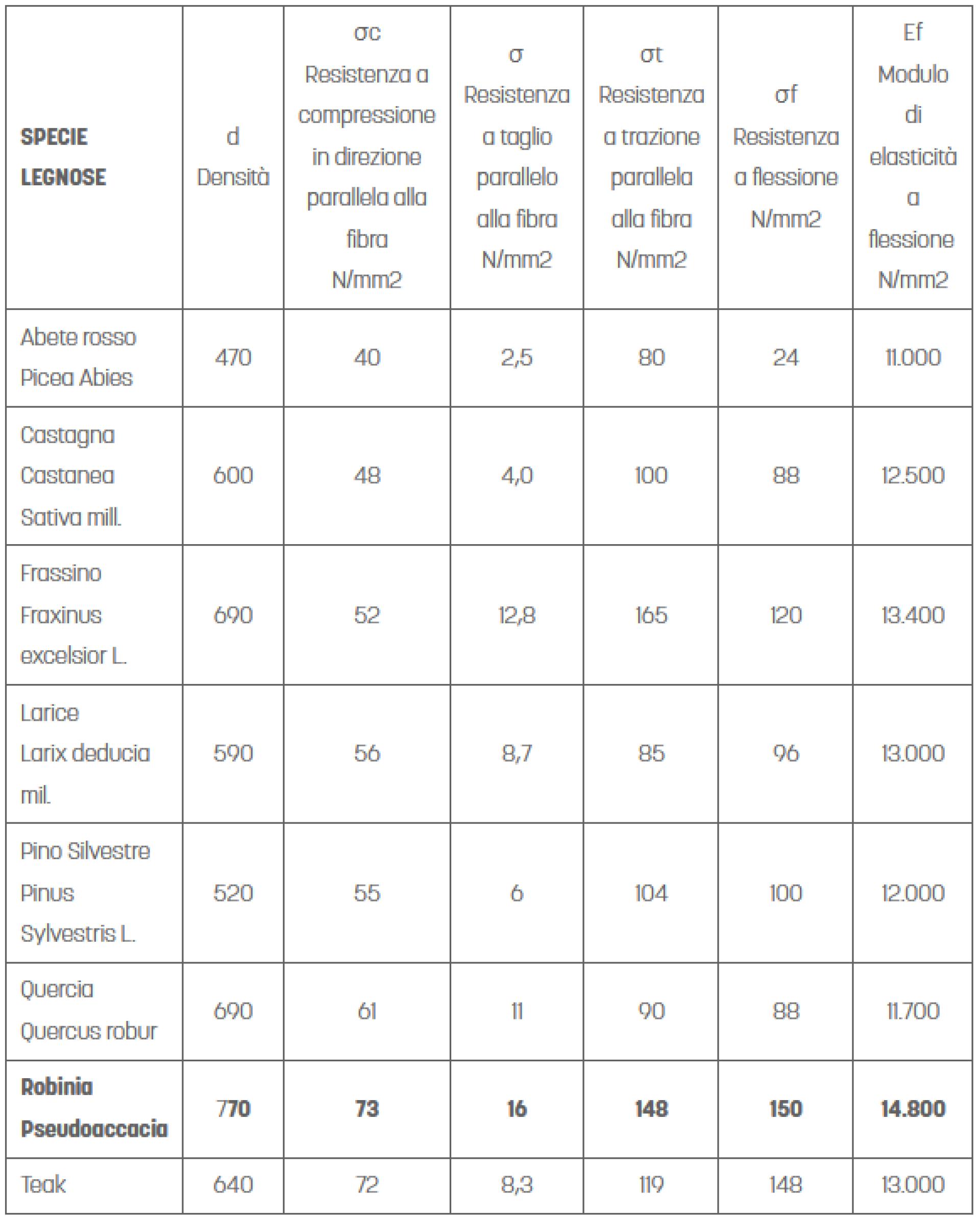
In order to ensure the proper use of Black Locust wood, it is essential to remove the bark during the initial stages of processing. Removing all sapwood is also crucial because:
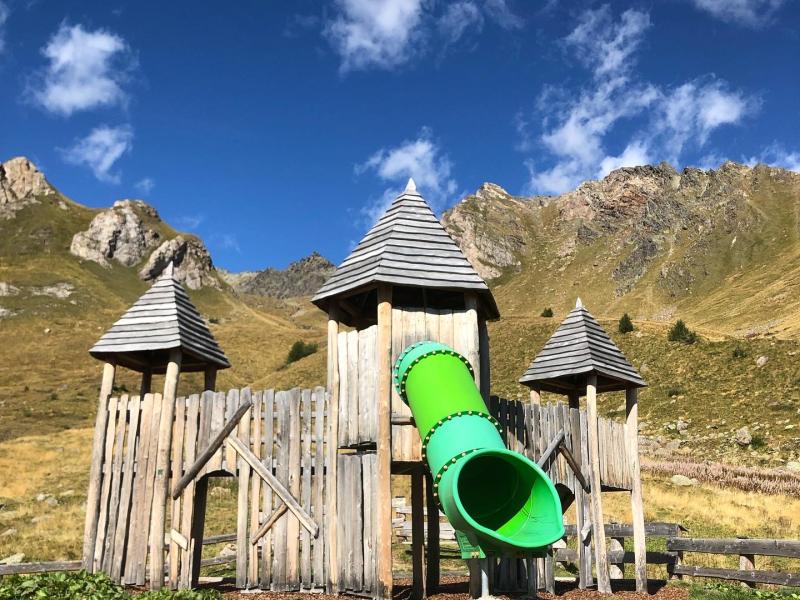
Robinia wood is a precious material highly appreciated for its resistance to weather agents, rot and insects.However, over the years, the surface of robinia wood undergoes a natural oxidation process, caused by exposure to sunlight, rain, wind and temperature variations. This process leads to a gradual color variation, changing from the initial warm and golden tones to gray-silver shades.A natural change, but not always welcome: in natural or rural contexts, this gray patina can be perceived as a harmonious aesthetic evolution, which integrates well with the surrounding environment. On the contrary, in urban environments or in more modern architectural contexts, the chromatic variation may result less pleasant, altering the visual balance and overall aesthetics of the area.
If you wish to restore the wood to its original appearance, the simplest and most immediate solution is to use a professional pressure washer, which allows you to clean the wood surface thoroughly, removing the oxidized layer and impurities accumulated over time. Once the structure is completely dry, it is possible, if desired, to apply a coating or protective treatment in the desired color, to customize the aesthetic appearance and further extend the material's durability.
